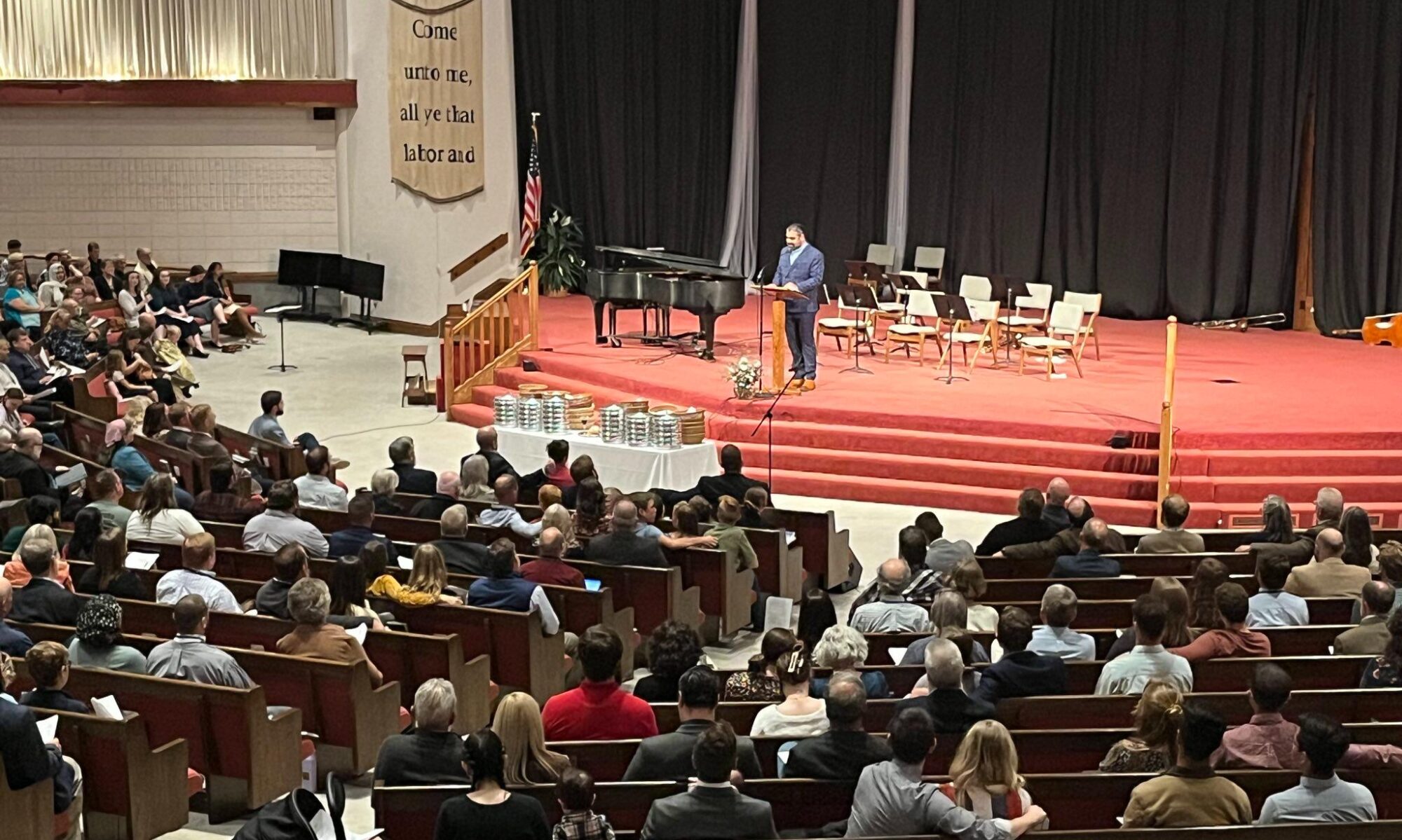
Welcome to Ressurectio et Vita. You can find my blog at apologus.wordpress.com.
I have been tweeting about doing a series of posts on David Chilton’s commentary on Revelation called Days of Vengeance. Chilton died in 1997, but Gary North put out another edition in 2007, which includes a lengthy preface by North himself on the history of the book, and an introduction to postmillennial thinking. North claims that Chilton’s commentary in many ways began this modern revival of biblical optimism. The preface is worth the read.
At the heart of Chilton’s exposition is his premise that the book of Revelation teaches that Christians will overcome all opposition through the work Jesus Christ. It is certainly filled with all sorts of mysteries; mysteries, which even the great expositor John Calvin did not dare to tackle, but central to it is the victory of Jesus’ kingdom on earth before the Second Coming.
Chilton has five main assumptions about this book, and they are:
First, that Revelation is the most Biblical book in the Bible. That is, it is bathed in Old Testament quotations. And because it is so rich with Old Testament theology, one can only begin to understand the book when he knows the Bible well.
Second, Revelation has a system of symbolism. In fact, it contains a particular language. The goal for the interpreter is to learn this language. Symbols in Revelation are not disconnected from the rest of Scriptures, but rather fully dependent on the Hebrew Scriptures.
Third, Revelation is about imminent events. If one accepts this premise, it will un-do virtually the entire evangelical eschatology industry. Revelation has primarily in mind those events in the first century; specifically, the destruction of the Temple in AD 70.
Fourth, Revelation is a worship service. The worship of God, says Chilton, “is central to everything in life.”[1] So, Revelation is highly ecclesiastical and liturgical.
Finally, Revelation is a book about dominion. Revelation is not about the terror of anti-Christ, but about the glory of Jesus Christ; He is the beginning and the end; the victory and Lord of all creation. Revelation spells victory for those united to the Son of God.
For those new to David Chilton’s Revelation commentary, I welcome you to this journey. Chilton argues that the Bible is more than a mere textbook, but it is a life-changing story about a King whose kingdom will endure forever.
Feel free to comment on the blog, and we will delve into the Introduction in the coming days. Pick up and read!
[1] Xii.

 David Chilton in his delightful Revelation commentary The Days of Vengeance demurs Protestant rationalism, which has abandoned liturgical worship. He observes that the abandonment of certain liturgical practices actually “contribute to the outbreaks of individualistic pietism.” Chilton concludes succinctly: “Man needs liturgy and symbolism.” Though a return to liturgy is not a cure-all, it will prove–Chilton argues–to be a “corrective to the shallow, frenetic, and misplaced “spirituality” that has been the legacy of centuries of liturgical poverty.”
David Chilton in his delightful Revelation commentary The Days of Vengeance demurs Protestant rationalism, which has abandoned liturgical worship. He observes that the abandonment of certain liturgical practices actually “contribute to the outbreaks of individualistic pietism.” Chilton concludes succinctly: “Man needs liturgy and symbolism.” Though a return to liturgy is not a cure-all, it will prove–Chilton argues–to be a “corrective to the shallow, frenetic, and misplaced “spirituality” that has been the legacy of centuries of liturgical poverty.”